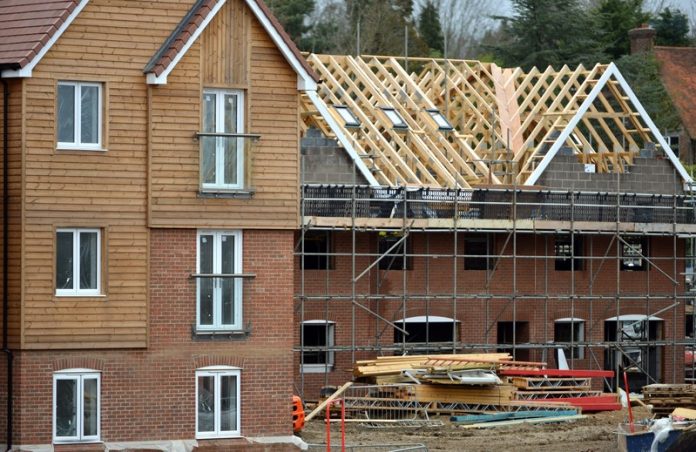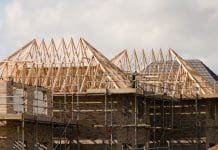Community Secretary Sajid Javid has announced a new innovative approach to planning homes that will ensure they’re built where most needed, save councils millions of pounds and deliver affordable homes
The new approach to planning, first proposed in the government’s housing white paper, aims to help give a realistic insight into how many homes each local area needs now and in the future. It will also mean more homes are built in areas where it is expensive, based on average earnings in each area.
Councils across England spend an estimated £3m in taxpayers’ money every year on employing expensive consultants to figure out how many new homes are needed in their area. Lengthy legal disputes over these figures when preparing local plans can also lead to unnecessary delays and add to the expenses.
The proposed approach to planning homes aims to help boost housing supply and improve affordability. It will help ensure councils work to a consistent approach to plan for more homes in the right places.
Sajid Javid said: “As anyone who has tried to buy or rent a home recently would probably tell you, the housing market in this country is broken. The simple truth is that for far too long we haven’t built enough homes and we don’t build them quickly enough.
“It’s time to fix that. This new approach will cut the unnecessarily complex and lengthy debates that can delay house building. It will make sure we have a clear and realistic assessment of how many new homes are needed, and ensure local communities have a voice in deciding where they go.”
Rico Wojtulewicz, policy advisor for the HBA, said: “The Housing White Paper was a meaningful first step in solving the housing crisis and we are delighted that it remains part of the Government’s ambition. Local authorities have failed to enable deliverable supply through their plan-making process. This has not only stifled supply, but the capacity of the local supply chain.”
“To meet the Government’s challenge, local authorities will need to concentrate on making sure local plans deliver a meaningful increase in supply. This will require shifting focus from larger slow-to-deliver sites towards smaller and infill sites – which are delivered more quickly, favoured by local communities, and do not exacerbate existing infrastructure.”
The current government pledged in its 2015 commitment to deliver one million homes by the end of 2020, and a further half a million more by the end of 2022.
Government action to date has helped to stabilise the market and turn the tide of the economic recession.
Housebuilding in England is now at the highest level since 2008 with nearly 190,000 homes delivered, and 304,000 houses receiving planning permission in the last year.
These new measures proposed will help local areas have an open conversation about the number of new homes needed, and make sure more homes are built in the places they are needed to provide for a growing population.










![[VIDEO]Government launches new online appeal service for local planning authorities Group of young coworkers using computers in their group office, representing the new online appeals service](https://www.pbctoday.co.uk/news/wp-content/uploads/2025/12/iStock-2191280160-218x150.jpg)



